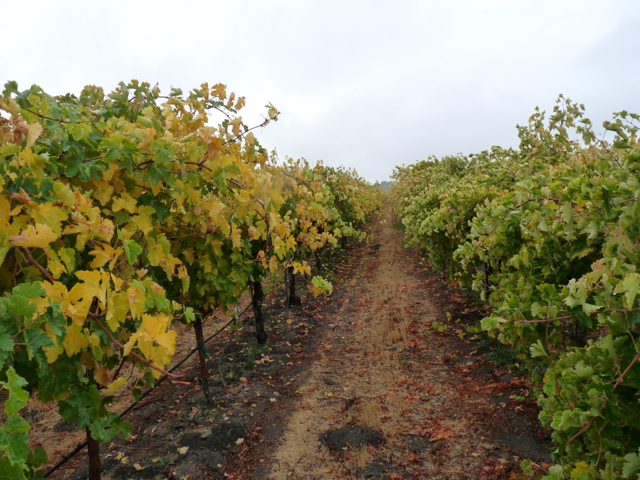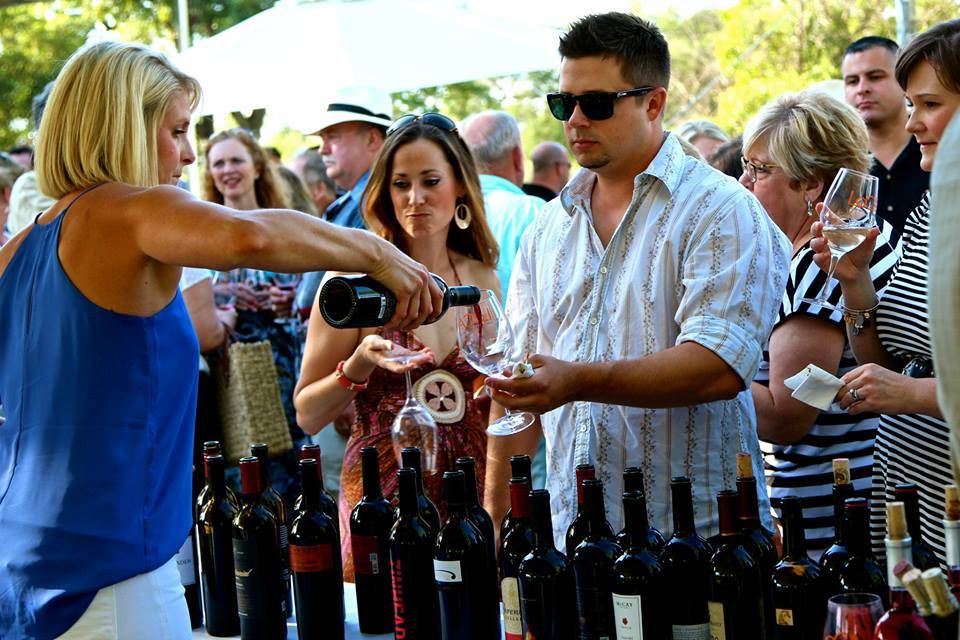Trees and Vines
Court Awards Right to Choose to Gerawan Farming and its Farmworkers
By Laurie Greene, Editor, and Patrick Cavanaugh, News Director
Gerawan Farming, a major family-owned and operated tree fruit and grape operation in Fresno and Madera Counties, established in 1938, and its farmworkers were victorious yesterday when a panel of 5th District California Court of Appeal judges in Fresno ruled the California Agricultural Labor Relations Board (ALRB) violated the law when it forced Gerawan into a statutory Mandatory Mediation and Conciliation (MMC) process with the United Farm Workers of America (UFW) to reach terms in a collective bargaining agreement.
The Court’s decision, filed May 14, 2015, states:
UFW was certified as the employees’ bargaining representative in 1992, but after engaging in initial discussions with Gerawan, disappeared from the scene for nearly two decades. In late 2012, UFW returned and both parties renewed negotiations. A few months later, at UFW’s request, the ALRB (the Board) ordered the parties to a statutory MMC process pursuant to Labor Code section 1164 et seq.1.
Under the MMC process, if a 30-day mediation period does not succeed in producing a collective bargaining agreement (CBA) by voluntary agreement, the mediator decides what the terms of the CBA should be and reports that determination to the Board. Once the mediator’s report becomes the final order of the Board, the report establishes the terms of an imposed CBA to which the parties are bound.
Following the ALRB’s final order adopting the mediator’s report, Gerawan Farming challenged the validity of the order and the MMC process on both statutory and constitutional grounds.
Over the last two years since, the UFW and Gerawan have been mired in a legal battle over who has the authority to represent the nearly 3,000 Gerawan fieldworkers in contract negotiations with Gerawan Farms, the union or the fieldworkers themselves.
A union contract was never implemented by Gerawan employees in the 1990’s, nor did the UFW collect dues and represent the employees in negotiations. Gerawan employees worked hard to advocate and petition (twice) to hold an ALRB-sanctioned election to decertify the union. The decertification election was held in November 2013; however, the ALRB impounded the ballots, and has not counted the votes to date.
Paul Bower, an attorney representing Sylvia Lopez, a Gerawan employee who helped lead the anti-union drive, said, “Gerawan workers are joyful over the decision.”
Here are excepts from the Court Decision:
Among Gerawan’s claims is the contention that UFW’s lengthy absence resulted in an abandonment of its status as the employee’s bargaining representative. We agree with Gerawan’s statutory argument that it should have been given an opportunity to prove abandonment to the Board once UFW requested the MMC process.
More fundamentally, we agree with Gerawan’s constitutional arguments that the MMC statute violates equal protection principles and constitutes an improper delegation of legislative authority.
Where a union has arguably abandoned the employees but later returns to invoke the MMC process, that situation may create a crisis of representation. It is clear that the employees’ right to a representative of their own choosing would be seriously jeopardized in the situation of abandonment by a union where, as here, the absentee union suddenly reappeared on the scene to demand the MMC process.
A union that has had little or no contact with the employees or the employer over many years (here, decades) would be unlikely to have an adequate working knowledge of the employees’ situation or their wishes. From the employees’ standpoint, that union would be reappearing on the scene as something of a stranger.
Most importantly, during the union’s long absence, the employees’ working conditions, wages and attitude toward the union (if they even knew they had a union) may have significantly changed over the years. Indeed, it may be the case that the employees do not want to be represented by that union or any other union, which Gerawan asserts was the situation here.
[Under the MMC process,] “a collective bargaining agreement will be imposed whether the employees want it or not; and it will be imposed with the formerly absent union, whether the employees want its representation or not.” Accordingly, it is appropriate to allow the employer to raise the abandonment issue at that stage, because only that result will preserve the ALRA’s purpose of protecting the employees’ right to choose.
UFW officials said they would appeal the Court’s decision.























